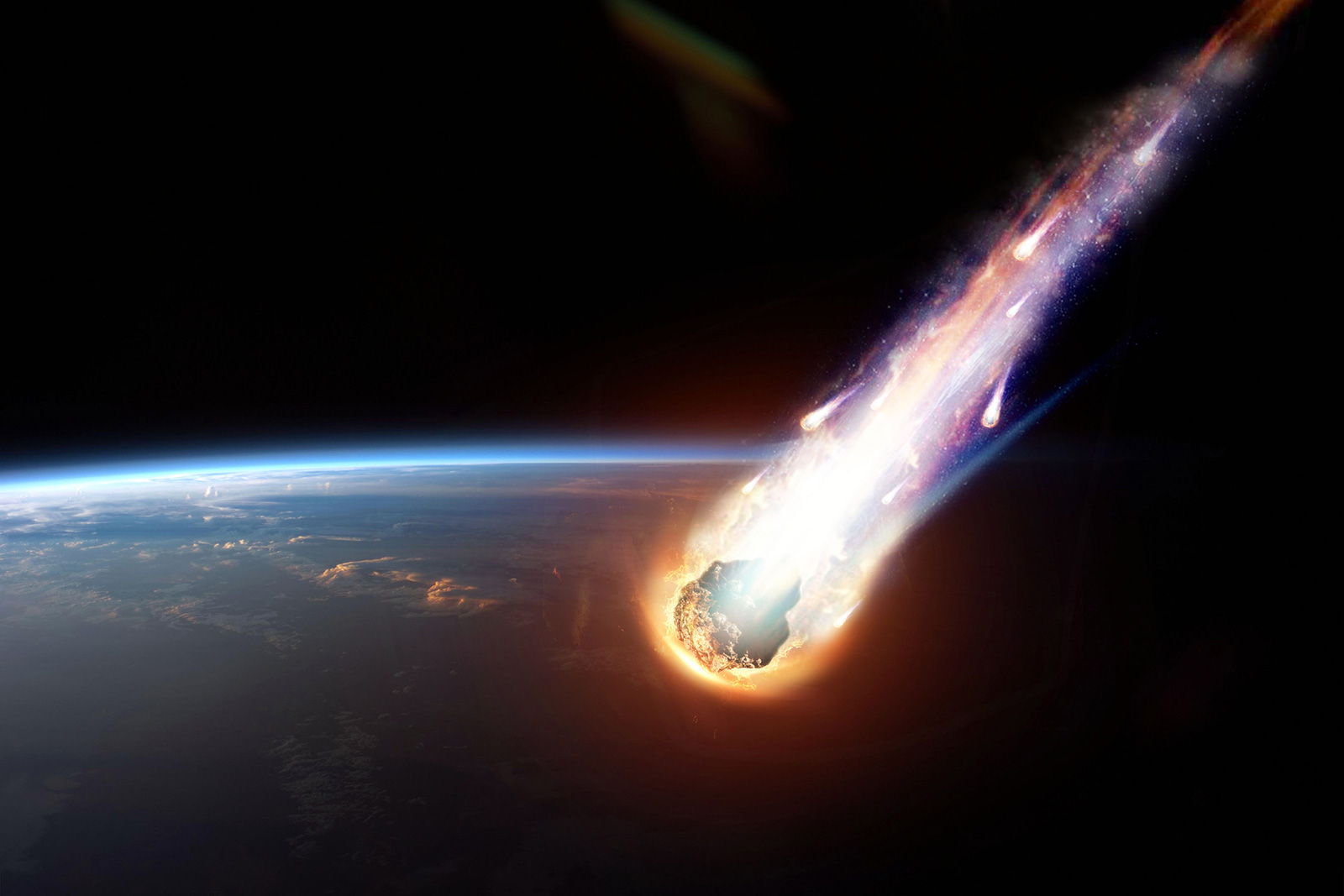Despite popular belief, not all space rocks with tails are comets. In fact, asteroids with tails are by far some of the rarest asteroids that we know of, and NASA volunteers just helped find 15 new ones.
The 15 new asteroids are part of a rare lineup of asteroids that NASA calls “active” asteroids due to their “activity” – the comet-like tails of gas and dust that follow them. The asteroids were discovered with the help of more than 8,000 volunteers. Those volunteers tirelessly checked over 430,000 images captured by the Dark Energy Camera (DECam) that is attached to the Victor M. Blanco telescope in Chile.
The findings detailing the discovery of these 15 rare asteroids with tails can be found in The Astronomical Journal, and the authors of the paper include nine volunteers among the group. The research was coordinated by the Active Asteroids Project, a citizen science project that is partnered with NASA. The project launched in August of 2021 and has over 6,000 volunteers, according to its website.

Thus far, the project has resulted in six publications detailing their discoveries, and the Active Asteroids Project says that more publications are in the works. This is, of course, only one highlight of the important part that citizen scientists play in helping unravel the mysteries of our universe. By finding asteroids with tails like these 15 new asteroids, we can provide more information for researchers to use in future studies that try to understand these cosmic travelers more intimately.
Studying the tails of these asteroids could be especially important to figuring out new rocket fuel sources. That’s because the ice that powers the comet-like tails flowing behind these cosmic objects could very well provide a new way to propel rockets forward or even a way to create breathable air that astronauts can use on long space missions.








